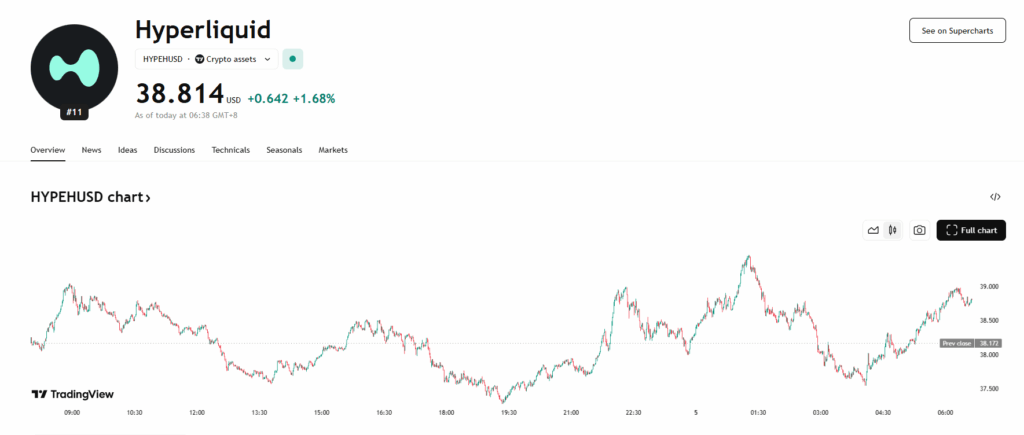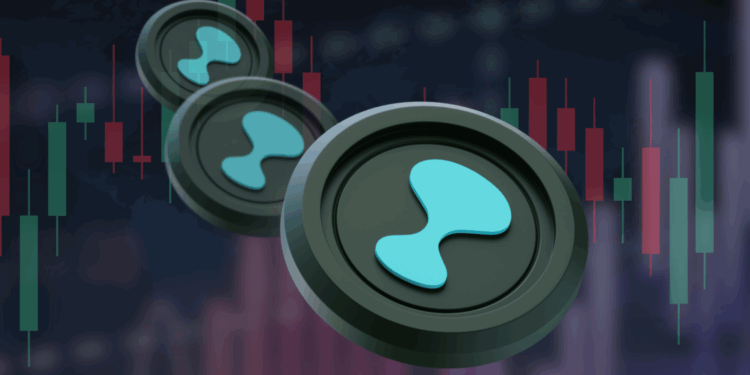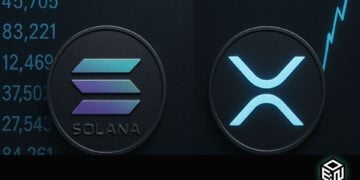- Hyperliquid hit a new record with $320B in July volume, maintaining over 75% DEX market share and hitting 11.89% of Binance’s trading volume.
- Drift surged 336% MoM in volume after launching zero-fee trading for BTC perps on Solana, hitting $14.8B in July.
- Despite strong individual growth, the overall DEX-to-CEX perps volume ratio stayed flat at 7.77%, showing CEX dominance continues.
Hyperliquid, the rising star in the decentralized perpetual futures space, shattered its previous records with nearly $320 billion in trading volume for July, marking a 47% increase from June’s $216 billion. This also represents a 28% jump over its former monthly all-time high of $248 billion set back in May. The platform continues to dominate the decentralized perps market, consistently holding a market share above 75% for the month.
Even more telling is the Hyperliquid/Binance ratio, which reached new heights of 11.89% in July. This ratio tracks Hyperliquid’s share of perps trading volume compared to Binance, which itself logged $2.59 trillion in July volume, up 35% from June. The data shows Hyperliquid is not just growing—it’s carving out a serious piece of the market from even the biggest centralized players.
Drift Surges on Solana, but DEX Market Share Plateaus
Solana-based DEX Drift also made waves in July, posting a 336% month-over-month spike in trading volume to hit $14.8 billion. This explosion followed the launch of a zero-fee trading campaign in late June for its BTC-PERP market. The promotion brought in a flurry of activity, highlighting how aggressive fee strategies can shift volume in the short term.

Still, despite strong showings from both Hyperliquid and Drift, the DEX-to-CEX futures volume ratio held steady at 7.77%, nearly unchanged from June’s 7.78%. That stagnation suggests that while individual DEXs are surging, overall market penetration against centralized exchanges remains capped for now.
DEXs Grow, But Centralized Dominance Remains
The July data reinforces the scaling momentum of decentralized exchanges like Hyperliquid, which are posting real, consistent growth in trade volume and market share. Meanwhile, CEXs like Binance continue to maintain their lion’s share of trading activity. As Hyperliquid narrows the gap and smaller DEXs like Drift find creative ways to drive volume, the competition is heating up—but the structural balance between DEXs and CEXs hasn’t fundamentally shifted… yet.














